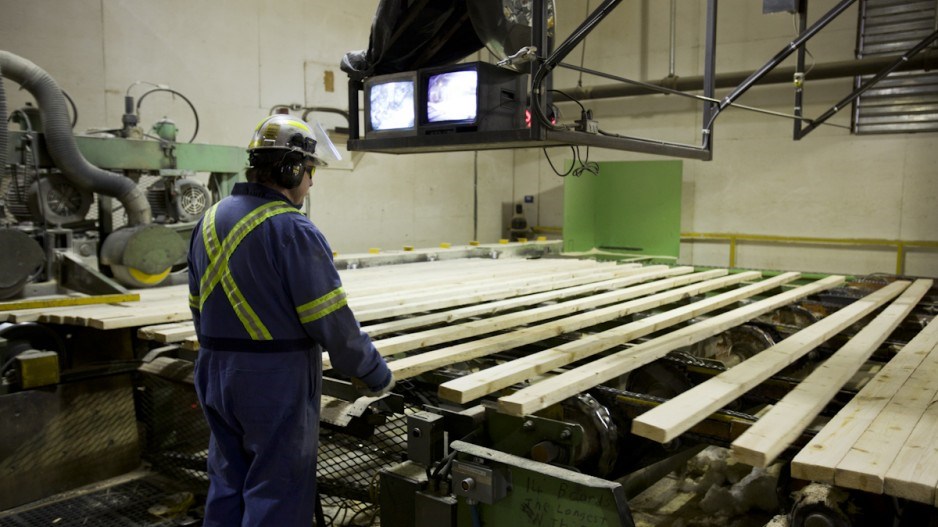B.C.’s second largest forestry company, Canfor Corp. (TSX:CFP), entered 2017 with a strong balance sheet and optimism that the demand for lumber in the U.S. and lumber and pulp products in China will continue to improve.
The one dark cloud on the horizon is the likelihood that the company will have American countervailing and anti-dumping duties levied against it later in the year.
Canfor is one of four large Canadian forestry companies – three of them headquartered in B.C. – being targeted by the U.S. Department of Commerce and the U.S. International Trade Commission, which is now investigating charges that it is unfairly subsidized by Canada’s Crown tenure system – a never-ending story that almost always ends in Canada’s favour.
It’s not yet known how much it will cost the company, should the U.S. trade commission impose duties on the company. A decision from the U.S. is expected in the second quarter of 2017.
In its 2016 fourth quarter financials, Canfor reported a quarterly drop in net income – $38 million, down from $51 million in Q3 2016.
But year-over-year, net income was up from just $28 million in 2015 to $151 million in 2016.
The most recent fourth quarter decline was in part weather related, Canfor said in a conference call Thursday, February 9.
Severe weather created bottlenecks that held up the movement of logs, and shipments to Asia of pulp from its pulp business, Canfor Pulp Products (TSX:CFX), were delayed.
The company ended 2016 with $156.6 million in cash, compared with $97.5 million at the end of 2015.
“Overall in 2016 we were encouraged by the improvement in the financial performance of our wood products business due to operational improvements and overall increasing demand for our products,” said Canfor CEO Don Kayne.
New housing starts in the U.S. were around 1.2 million as of the fourth quarter, the company reported, and Canadian new housing starts remained steady at 201,000. The company expects demand for Canadian lumber in the U.S. to continue to improve in 2017.
Canfor is one of the Canadian forestry giants that is now somewhat hedged against American softwood lumber duties by the fact it has been buying up American sawmills.
In 2016, Canfor completed the acquisition of Scotch & Gulf Lumber, LLC in Alabama, which owns three sawmills, for $131 million. Canfor now owns 15 plants and mills in the U.S.
It also acquired new assets in Canada in 2016. It acquired Wynndel Box and Lumber Ltd. in Creston Valley, B.C. for $40 million. Those assets include a sawmill and harvesting rights in the Kootenay Lake Timber Supply Area.
In 2016, the market in China for Canadian lumber proved to be stronger than expected, and the company says its longer-term strategy is to push more into overseas markets.




